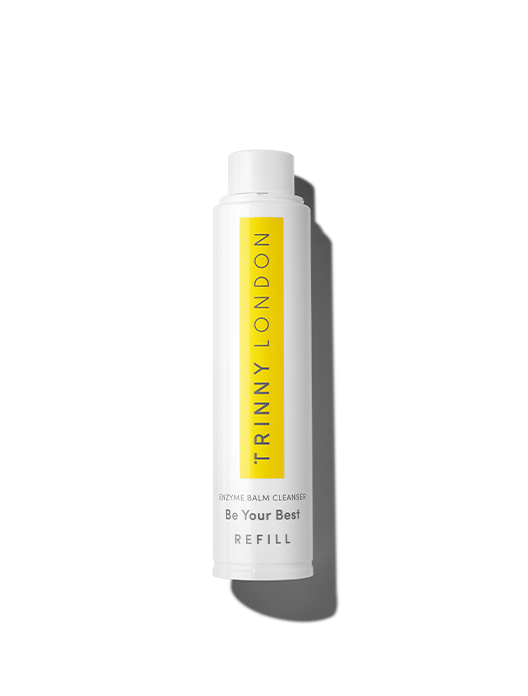
Be Your Best Refill
Oil-based transforming cleanser for clean, nourished skin, suitable for all skin types
Get a free Tiptoe In Mini Exfoliator when you spend $130*
Free standard delivery on orders over $100

There are widely considered to be four key skin types: normal, dry, oily and combination. Combination skin covers a grey area, with aspects of both dry and oily skin all at once. Common signs of combination skin are:
Excess oil across your T-zone (that’s your forehead, nose and chin)
Dry or dehydrated skin across your cheeks
The skin cross your forehead and nose looks shiny by 12pm
Your cheeks and jawline can feel uncomfortable and tight after cleansing
Pores appear larger in the centre of your face
Moisturiser absorbs faster on your cheeks than the rest of your skin
Combination skin is very common, as the majority of our skin’s oil-producing sebaceous glands are in our T-zones.
The most challenging part of caring for combination skin is that it's effectively two skin types in one. The following factors can aggravate combination complexions…
Weather: Sweaty summers can cause skin to produce excess oil, while cold winters and whipping winds can leave normally oily skin dry and dehydrated in parts.
Hormones: Where you are in your cycle, and whether you have been through the menopause, also has an impact on oil flow. You’re likely to notice skin is oilier approaching your period, and becomes drier post menopause.
Skincare: Using skincare that is either too heavy or too stripping for your skin type can impact how your complexion looks and feels.
Stress: When we’re stressed, our bodies go into fight or flight mode. Its priority is our organs, putting skin right to the very back of the queue. Stress also increases the levels of the hormone cortisol in the body, which can disrupt the skin. For this reason, you may find your complexion becomes unbalanced, with dry areas becoming dryer and oiler areas becoming oilier during more difficult times.
Caring for combination skin is all about keeping the balance. Picture your skin as a see-saw, you want it to sit perfectly in the middle, without too much weight on either side.
When your T-zone is congested and overwhelmed, it’s tempting to blitz that excess oil with harsh, stripping cleaners. But using the wrong cleanser, or washing your face too much, can cause problems by making already dry areas even drier. Instead, use a gentle cleanser. Double cleansing in the evening will ensure all daily grime is sent packing down the plughole instead of clogging your pores.
Liquid exfoliants can also play a key role in balancing combination skin. By breaking down the bonds that hold dead skin cells to the surface of the skin, dry skin will become smoother, and oily skin clearer. Start slow and low with poly-hydroxy acids (PHAs) such as gluconolactone and lactobionic acid. Using just three times a week will improve both the tone and texture of your complexion. If your skin can tolerate it, you can eventually graduate to alpha-hydroxy acids (AHAs), lactic and malic acid. Or, simply use AHAs as a targeted treatment on oilier areas.
Another skincare myth that needs debunking is that moisturiser is the enemy of oily and combination skin. In fact, it’s quite the opposite. That being said, something heavy and blanket-like will likely lead to breakouts. Choose an airy formula with humectants (water-attracting ingredients) and light emollients to hold that moisture there. This will help to keep the thirstier bits of your skin hydrated and happy, and the oilier sections brilliantly balanced.
Shop the article

Oil-based transforming cleanser for clean, nourished skin, suitable for all skin types
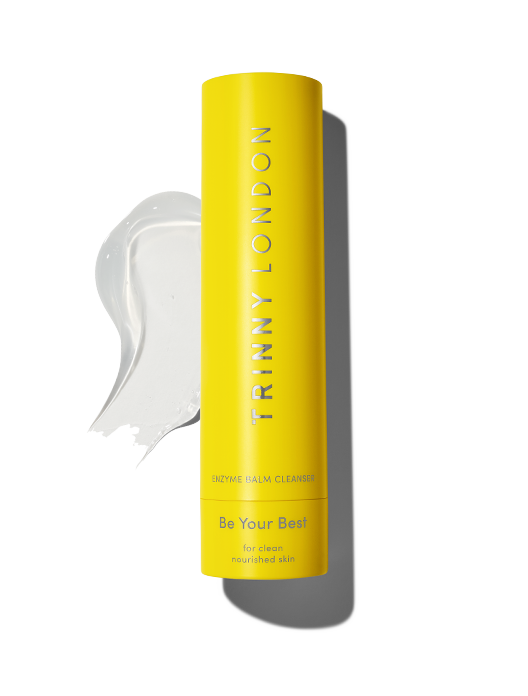
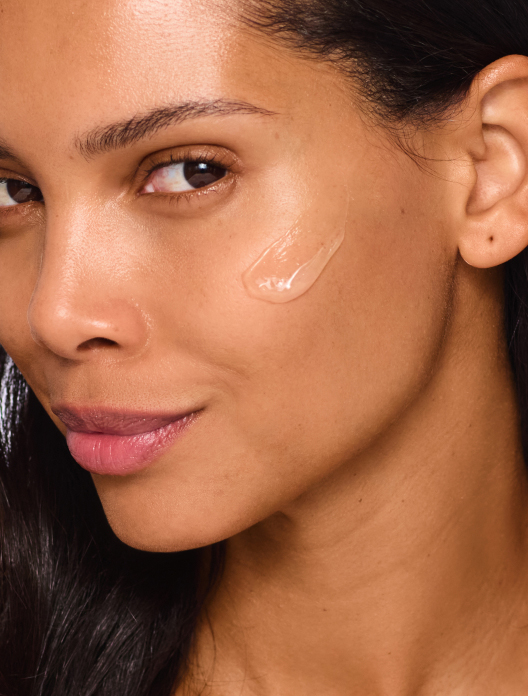
Oil-based transforming cleanser for clean, nourished skin, suitable for all skin types
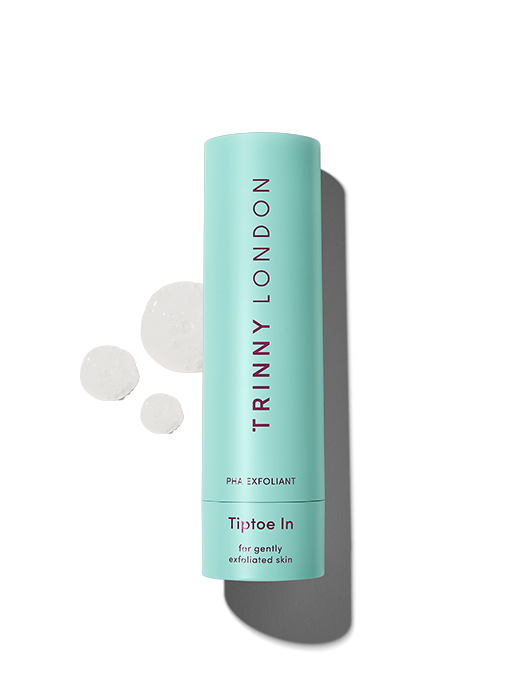

Kind-to-skin exfoliant for radiant skin, suitable for all skin types
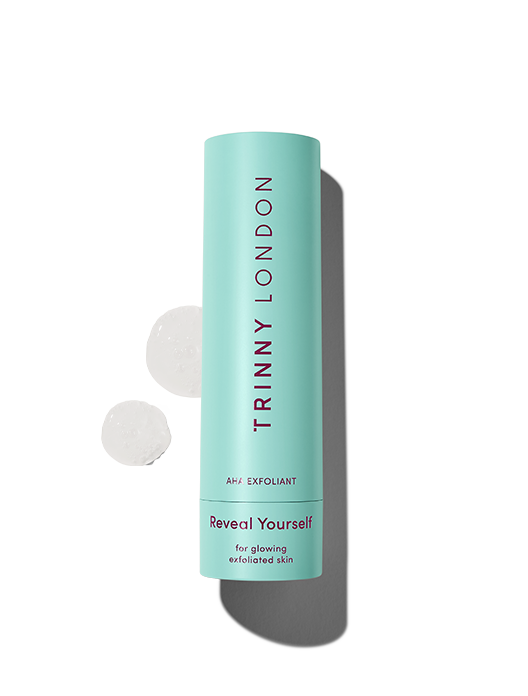
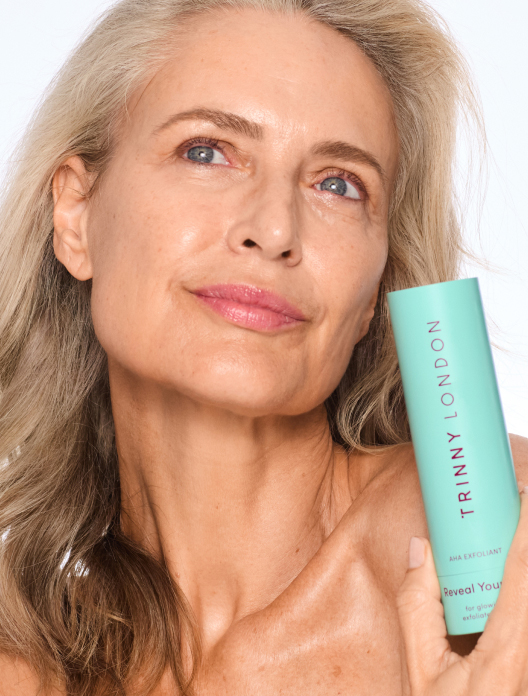
Highly active exfoliant for glowing skin, suitable for all skin types except sensitive
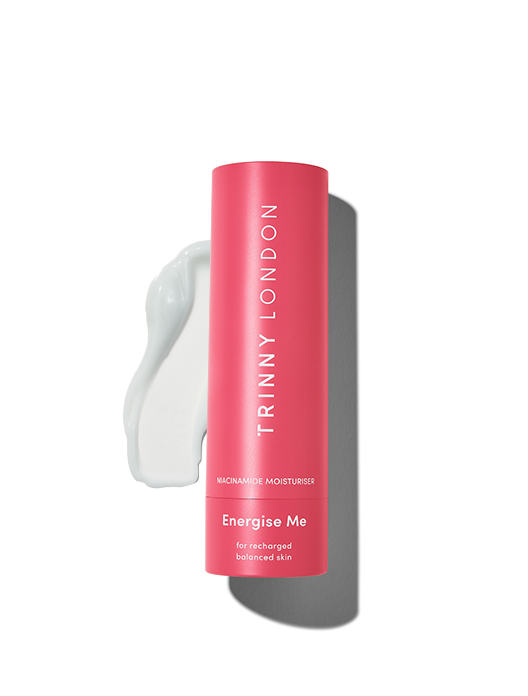
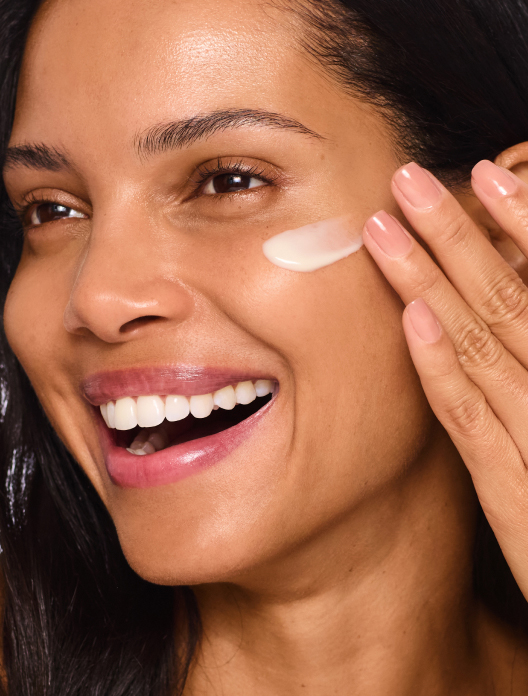
Niacinamide moisturizer mini for clear, energized skin, suitable for normal to oily skin
Read, watch and be inspired...